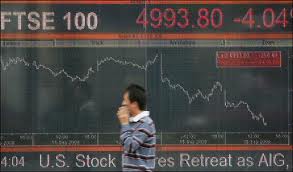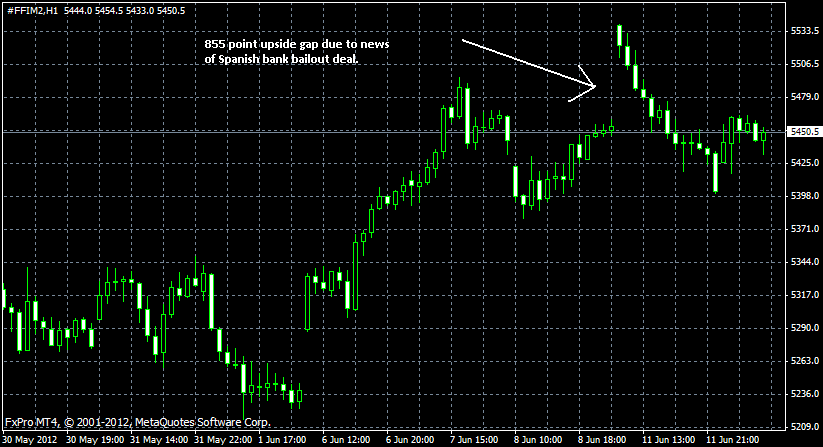FTSE 100 Trading
 Trading the FTSE 100 with Binary Options
Trading the FTSE 100 with Binary Options
The FTSE100 index measures the performance of the 100 most capitalized companies on the London Stock Exchange, and it is traded as a derivative asset in the binary options market. It is sometimes known as the UK Index on trading platforms like that of Betonmarkets. The stock exchange itself opens for business on
In order to trade the FTSE100, we need to understand the fundamental factors that affect the daily movement of the FTSE100 index.
1) The UK Earnings Season
If the earnings reports of most of the companies whose performance is measured by the FTSE100 are positive, this will lead to an increase in the value of the index as the increased trader confidence will lead to more share buying than selling. The reverse is also the case. The FTSE100 is especially vulnerable to the earnings reports of the UK biggest banks, which are seen as enduring institutions in the United Kingdom. This partly explains why the takeover of Northern Rock in 2008 caused havoc in the market.
2) Eurozone Politics
The European Union is the largest trade partner to the United Kingdom, which itself opted not to be part of the EU. As the adverse economic situation in the Eurozone remains unabated, so also is the increased likelihood that traders on the FTSE100 will be affected by the contagion. The performance of the FTSE100 is intricately interwoven with the performance of the EU markets. A clear demonstration of this is seen with the response of the FTSE100 index to the weekend news release that the European Central Bank had approved a bailout deal for the Spanish banking system. We see this as the upside gap seen in this chart below:
3) Economic News Releases
The following news releases have a direct bearing on the overall performance of the FTSE100:
– Interest rate decisions
– Manufacturing data for the UK
– UK GDP reports
– Inflation data (CPI, PPI and the BoE Quarterly Inflation report)
– Housing Data
Technical Basis for Trading the FTSE100
In addition to trading the FTSE 100 fundamentally, the conventional methods of technical analysis also work for the FTSE100 index. You can conveniently use chart patterns, candlesticks as well as technical analysis based on support and resistance to setup trades for the FTSE100. Traders here will benefit immensely from signing up for services or software that provide candlestick recognition or chart pattern analysis.
How to Trade the FTSE 100
The Rise/Fall trade works with the FTSE100 if you are trading any of the new items above, especially the inflation data, GDP, manufacturing and the Quarterly Inflation Letter from the BoE.
You can also use the Option Builder to set a trade for which you can peg a fixed time as the expiry. Unlike the trade for the Japanese Index which follows that of the US index, and for which you a clear trade direction, that for the FTSE100 is not entirely straight forward since its trading hours are the same for the Eurozone markets which it closely mirrors. Most of the time, you will need to craft a way of using the news releases from the UK, study the duration of the news effects and set your expiries that way.
Traders can also use key points of support and resistance to trade the FTSE100. The FTSE100 has relatively lower levels of volatility than its Japanese or American counterparts and so this binary option type can be used to trade the index with more predictable results.
Trading the FTSE100 is not as easy as trading the US or Japanese indices. You need more time and practice to perfect this. If it comes down to making a choice, it is preferable to trade the Japanese and American indices than the FTSE100.
